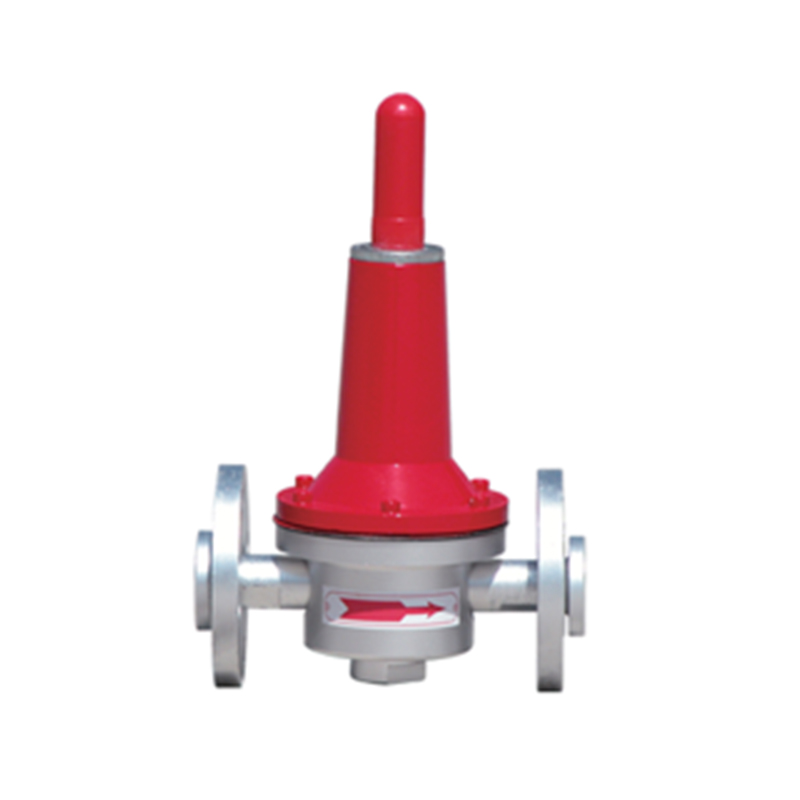
Nov . 30, 2024 22:06
Back to list
Natural Gas Pressure Regulator for Safe and Efficient Energy Management
Understanding Natural Gas Pressure Regulators
Natural gas is a critical energy source used widely in residential, commercial, and industrial applications. However, the pressure of natural gas transported through pipelines can be extremely high, potentially causing damage to equipment and posing safety risks. This is where natural gas pressure regulators, or مخفض ضغط الغاز الطبيعي in Arabic, come into play. These devices are essential for controlling and reducing the pressure of natural gas to a safe and usable level.
What is a Natural Gas Pressure Regulator?
A natural gas pressure regulator is a mechanical device designed to automatically maintain a steady outlet pressure, regardless of changes in the inlet pressure or the flow rate. This ensures that the gas is delivered at a safe and consistent pressure to various appliances and systems. Regulators can be found in various applications, including residential heating systems, commercial kitchens, and industrial processes.
How Do Pressure Regulators Work?
The basic operation of a pressure regulator involves a combination of mechanical and hydraulic principles. The regulator consists of several key components
1. Inlet and Outlet Ports These allow the gas to enter and exit the regulator. 2. Diaphragm A flexible membrane that responds to changes in gas pressure. When the upstream pressure increases, the diaphragm moves, adjusting the flow of gas. 3. Spring Mechanism This provides resistance against the diaphragm, allowing you to set the desired outlet pressure. 4. Control Valve Opens or closes based on the diaphragm's movement to maintain the set pressure.
When gas enters the regulator, it encounters the diaphragm. If the pressure exceeds the set-point, the diaphragm moves to close the control valve, reducing the flow until the pressure stabilizes. Conversely, if the pressure drops, the valve opens to restore the desired flow rate.
Importance of Pressure Regulators
مخفض ضغط الغاز الطبيعي

1. Safety One of the primary roles of pressure regulators is to enhance safety. High-pressure gas can cause leaks or ruptures in pipes and appliances, leading to potential hazards like explosions or fires. Regulators mitigate these risks by reducing the pressure to a safe level.
2. Efficiency By ensuring that gas is delivered at the correct pressure, regulators help appliances operate efficiently. This can lead to energy savings and improved performance.
3. Regulatory Compliance Many regions have strict regulations regarding gas pressure in residential and commercial applications. Using pressure regulators helps ensure compliance with these laws, protecting both consumers and service providers.
4. Equipment Longevity Consistent delivery of gas at the appropriate pressure helps prolong the life of appliances and equipment. This reduces maintenance costs and extends the operational lifespan of systems reliant on natural gas.
Maintenance and Considerations
While pressure regulators are generally reliable, they do require periodic maintenance to ensure proper operation. Key maintenance tasks include
- Regular Inspections Check for any signs of wear, corrosion, or damage. - Testing Regularly test the output pressure to ensure it meets specifications. - Cleaning Ensure that no debris or contaminants are obstructing the flow.
In conclusion, natural gas pressure regulators are vital devices in managing the safe delivery of gas. They play a crucial role in safety, efficiency, regulatory compliance, and the longevity of equipment. Understanding their function and importance can help users better appreciate the complexities of natural gas systems and the need for proper maintenance. As the demand for natural gas continues to grow, the role of pressure regulators will remain central in ensuring a safe and reliable energy supply.
Next:
Latest news
-
Safety Valve Spring-Loaded Design Overpressure ProtectionNewsJul.25,2025
-
Precision Voltage Regulator AC5 Accuracy Grade PerformanceNewsJul.25,2025
-
Natural Gas Pressure Regulating Skid Industrial Pipeline ApplicationsNewsJul.25,2025
-
Natural Gas Filter Stainless Steel Mesh Element DesignNewsJul.25,2025
-
Gas Pressure Regulator Valve Direct-Acting Spring-Loaded DesignNewsJul.25,2025
-
Decompression Equipment Multi-Stage Heat Exchange System DesignNewsJul.25,2025

